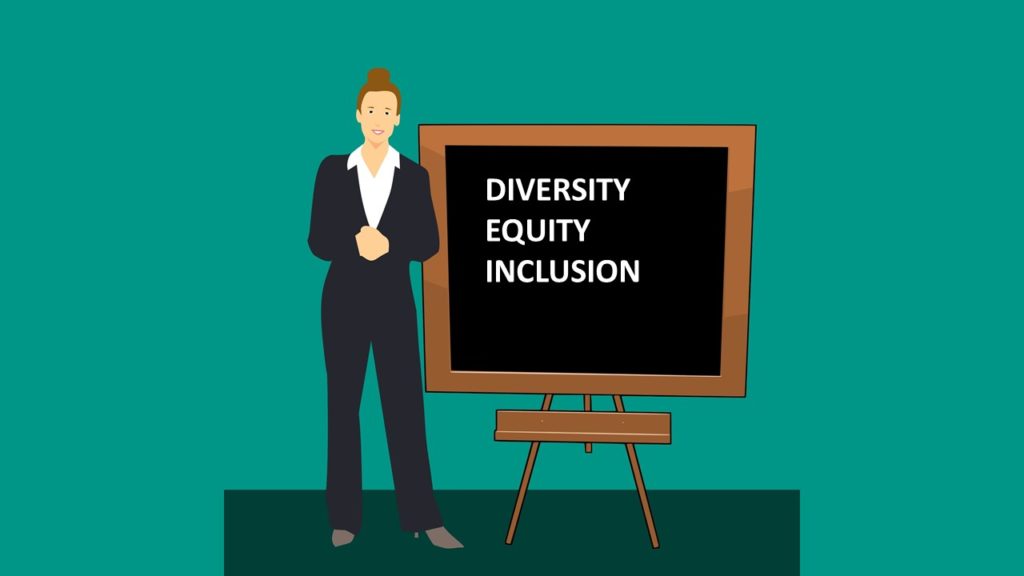
Hardly a day passes that an invitation to attend a class or an offer to purchase a course or services for diversity, equity, and inclusion training doesn’t show up in your inbox. Are there more effective ways to achieve the desired end state without simply checking an attendance roster? Can we change the way our organizations recognize the value of diversity and inclusion without the tactics of naming, blaming, and shaming?
Human behavior has taught us there are better ways. Read on to understand how you can increase diversity in your organization with three easy approaches.
More Important Than Ever
The world is becoming more diverse at an ever-increasing pace. There is not a region across the United States that isn’t significantly more diverse today than it was a decade ago. Despite this rapidly changing environment, our workplaces are not responding as quickly. Many diversity training initiatives and programs have been in place for 20 years or more and have yielded only minor results.
Those of us that have been around for a while have seen the unfortunate consequences of racial and gender discrimination in the workplace. Such actions and behaviors have not been isolated to any one industry or group of zip codes.
In the Headlines
Over the past month, two employers hit the news with stories that had a diversity angle. On October 26th, a jury delivered a $10 million verdict to a former white male executive who had been employed by Novant Health, in which it was determined he had been terminated in part due to a promotional tactic intended to increase diversity.1 Obviously this is a costly misapplication of how to manage a diversity program.
The other was the story about State Street Global Advisors who allegedly were going to require hiring managers to obtain permission before hiring white males. State Street came out with a statement citing that the story was “factually inaccurate”. Their spokesperson went on to say that their leader’s annual performance scorecards now include a metric to increase the representation of female and ethnic minority employees.2 Well-intentioned objectives, but not the kind of press you seek.

So What Can Make a Difference?
After these stories hit the headlines, I remembered an article I read some years ago in the Harvard Business Review. Back in 2016, the article titled, “Why Diversity Programs Fail”, appeared in the July-August issue. The authors Frank Dobbin, then professor of sociology at Harvard University, and Alexandra Kalev, then associate professor of sociology at Tel Aviv University, presented some ideas that should make us think about how we can better achieve a more diverse workplace. (Article linked below.)3
The authors point out that motivating people to change doesn’t come from command and control tactics, and especially not the “blaming and shaming them with rules and reeducation.” Other approaches that have yielded few gains in diversity are testing and assessing to remove bias in hiring, performance ratings for promotions and wage/salary increases, and grievance procedures.
What Does Work
1. Offer leaders the opportunity to voluntarily engage in activities that will expose them to greater diversity. The authors suggest college recruitment programs targeting women and minorities. When faced with excellent candidates from diverse backgrounds, their views of who is an excellent recruit begin to change.
Another form of engagement is when leaders involved in effective mentoring programs who were assigned diverse candidates, recognize their personal commitment to help their mentee become successful. Statistics cited by the authors show these programs yield a significant improvement in the makeup of the leadership teams in the organizations that embrace effective mentoring programs.
2. Creating opportunities for employees to have contact between groups and individuals is another approach to increasing diversity without the brand or title of a diversity program. Work assignments that allow individuals to work side by side, self-managed teams with authority to manage projects, cross-training, and rotating management assignments also increase contact with others.
3. Transparency as to the actions of leaders is another effective approach to increasing positive actions towards a more diverse workplace. A diversity task force with representation from all departments establishes a focus on accountability. Creating the role of Diversity Manager also has been shown to increase broader social accountability to actions and behaviors within the organization.

More Policies, Rules, or Training?
The pace at which our society is moving and sometimes changing, makes it seem easier just to grab the latest idea off the shelf and cram it into our organizations as another policy and training initiative. Great leaders will often step back and resist the flavor of the day in favor of identifying more effective solutions that address something that hasn’t changed much over the years – human behavior. Whether it is diversity, leadership, or health & safety training, are you getting what you want and need from all your effort and expense?
(1) Thompson, Priscilla; Helsel, Phil. “Jury awards $10M to former exec who said he was fired because he is white male.” NBC News, 27 Oct. 2021, https://www.nbcnews.com/news/us-news/jury-awards-10m-former-exec-who-said-he-was-fired-n1282605.
(2) Ghouri, Farah. “State Street denies bank staff must get special approval to hire white men.” CITYA.M., 7 Nov. 2021, https://www.cityam.com/state-street-bank-staff-must-get-special-approval-to-hire-white-men/.
(3) Dobbin, Frank; Kalev, Alexandra. “Why Diversity Programs Fail”. Harvard Business Review, July-August 2016 issue, https://hbr.org/2016/07/why-diversity-programs-fail
